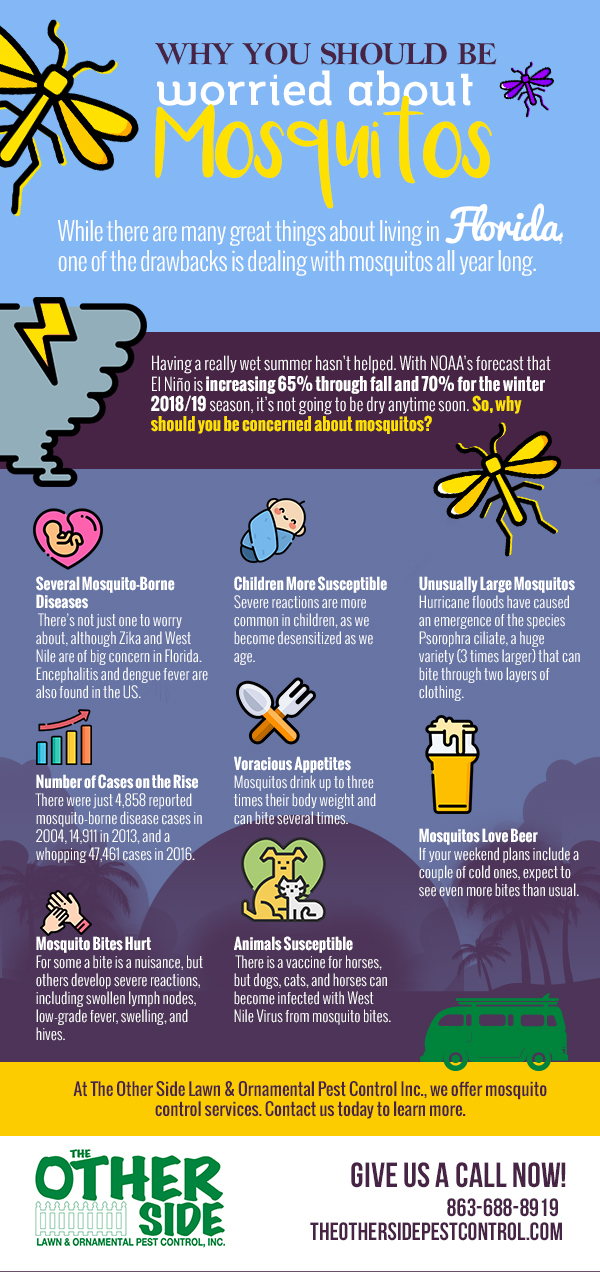The Duty Of Pest Exterminators In Environmental Sustainability
The Duty Of Pest Exterminators In Environmental Sustainability
Blog Article
Written By-Morales Pham
You may think that insect exterminators are just interested in eliminating insects, however their duty exceeds that. They play a critical component in environmental sustainability.
By utilizing integrated insect administration strategies, they not just remove pests yet also protect biodiversity.
In addition, they utilize lasting pest extermination methods to alleviate environmental dangers.
So, following time you doubt the significance of bug exterminators, remember their payment to a greener and healthier planet.
The Relevance of Integrated Insect Management
You need to understand the significance of incorporated parasite administration in maintaining a sustainable environment.
Integrated Insect Monitoring (IPM) is a method that focuses on preventing and managing insects while decreasing the use of damaging chemicals. By carrying out IPM strategies, you can effectively manage bug populations without triggering harm to the environment.
One key aspect of IPM is using biological controls, such as killers and bloodsuckers, to naturally regulate pest populaces. Pet-safe traps lowers the need for chemical pesticides, which can have destructive effects on wildlife and environments.
Additionally, IPM promotes using cultural and physical controls, such as plant rotation and exclusion methods, to stop bugs from coming to be a problem to begin with.
Shielding Biodiversity With Insect Control
We can protect biodiversity through efficient parasite control techniques that prioritize the preservation of all-natural ecological communities. By utilizing Smart traps , we can shield and keep the fragile equilibrium of species within our atmosphere. Here are three methods which pest control adds to protecting biodiversity:
- ** Preserving native vegetation and animals ** - By targeting intrusive species that threaten native plants and animals, bug control helps make sure the survival of native varieties and maintains the natural variety of ecological communities.
- ** Avoiding the spread of diseases ** - Managing insects such as insects and ticks reduces the threat of diseases infecting wildlife populations, securing biodiversity and stopping possible break outs.
- ** Preserving threatened varieties ** - By managing pests that exploit or take on endangered species, insect control efforts can improve the possibilities of survival and promote the healing of vulnerable populaces.
Via accountable insect control approaches, we can actively add to the preservation of biodiversity and the sustainability of our natural world.
Mitigating Environmental Threats With Lasting Insect Elimination Methods
By using lasting insect extermination methods, you can efficiently mitigate environmental threats while guaranteeing the safety and security and wellness of both people and the all-natural ecological community. Typical parasite control approaches typically include making use of harmful chemicals that can have damaging effects on the atmosphere.
Nonetheless, lasting pest elimination techniques focus on minimizing these risks by making use of environmentally friendly choices. For example, integrated parasite management (IPM) approaches focus on the use of non-toxic and eco-friendly items, as well as natural predators to regulate pest populations. This technique not only decreases the negative impact on the environment yet likewise helps to preserve the fragile balance of the community.
In addition, sustainable bug extermination approaches promote the conservation of biodiversity by targeting specific pests without damaging valuable organisms. By embracing these techniques, you can add to an extra lasting and green technique to pest control.
Final thought
You are the pest exterminator, the guardian of nature's consistency. With incorporated parasite monitoring, you balance the fragile ecosystem, ensuring the survival of varied types.
With sustainable approaches, you mitigate environmental risks, maintaining the delicate balance undamaged.
Like a harmony conductor, you coordinate the rhythm and circulation, securing the biodiversity that dances in ideal harmony.
With every step you take, you develop a globe where nature flourishes, where pests pull away, and where sustainability reigns supreme.
